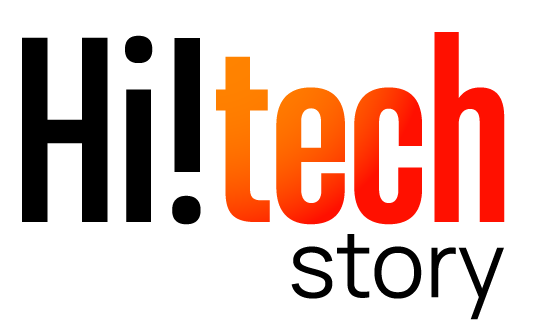Enviable improvements – CATS rollout


Implementation of CATS + auto-invoicing functionality
Using the client’s internal mechanisms for auto-invoicing
01 Case study
Recording working hours with CATS (Cross Application Time Sheets) provides significant time savings, transparency, and reduces bureaucracy. Combined with the automatic invoicing system, it creates a cohesive ecosystem that reduces many, often cascading, processes to a single click. This is extremely important in large and modern organizations.
Progressive digitization
After successfully implementing CATS at one company and observing the benefits related to settlements in a challenging environment, decision makers at a state-owned energy company decided to extend the program to a sister company.
Until now, those in charge of human resource management have been using Excel spreadsheets to perform their daily tasks. For a long time, the tool did its job as expected, but at some point – it was no longer enough. The rollout meant that the management of the most important processes in the controlling, settlement, and finance layers was completely transferred to SAP.
Employees can communicate planned absences and report working hours. The information is sent to the appropriate department for review in real time. This makes it much easier to plan company resources and estimate the availability of people to work on projects. Settlements with subcontractors were also simplified.
Automatic invoicing
The first and largest phase of the project was the implementation of CATS in several branches of the company. The next step in the rollout, which was different from the previous implementation, was the extension of the working time control and approval mechanisms with the auto-invoicing functionality, which would allow automatic invoicing of hours and business trips to individual companies in the group.
– The complex processes characteristic of state-owned companies were accurately modeled by using the group’s internal mechanisms instead of the standard Intercompany process – says Arkadiusz Król, Project Manager at Hicron – Using actual business contracts, we were able to precisely meet all the guidelines.
– The auto-invoicing step supports the E2E approach to the entire business process and is a step towards the seamless digitization of the entire group – adds Grzegorz Zubilewicz, Key Account Manager at Hicron.
Lessons learned for the future
The project was a success, but there is one issue that is worth taking a closer look at and drawing conclusions that can save time for future Clients.
The great attention paid to the conceptual part allowed a better adaptation to the needs of the users. However, the final scope of implementation expanded and deviated from the original version presented in the proceedings, and the overall implementation was extended. The final cost was also different. Can this be avoided?
– The conceptual stage is one of the most important parts of the whole process, and it is only natural that changes will occur at this point. But you can prepare by consulting with the people who will use the new tools every day. They will also be invited to participate in the conceptual stage – says Arkadiusz Król – which allows us to better estimate the costs, implementation time, and expected results, and helps the client avoid surprises.





